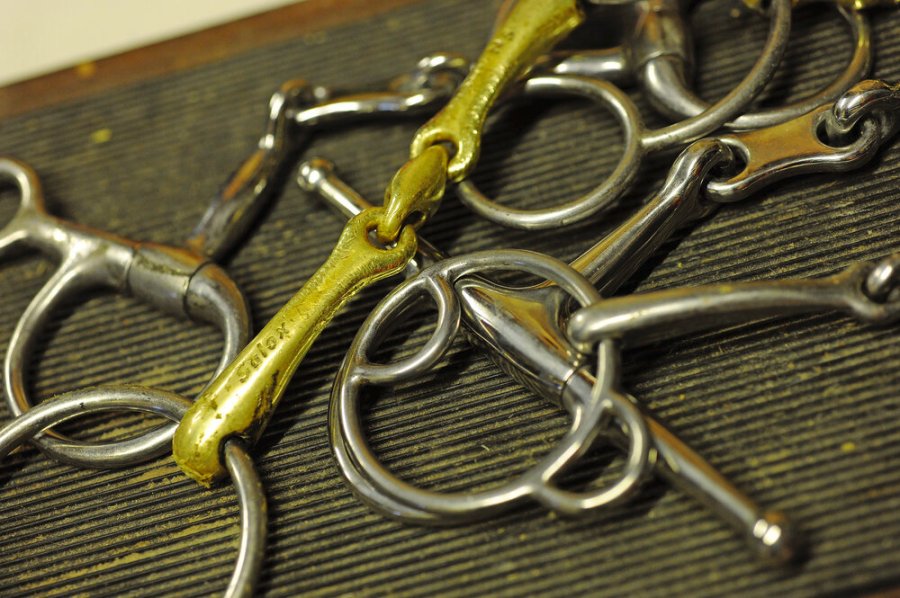Bitting expert Gail Johnson, a Neue Schule Academy Lantra certified bit and bridle fitter, explains the benefits of different bit materials.
A key consideration is mouthpiece material in conjunction with mouthpiece design, so it’s important not to write off a certain design of bit unless it has been tried in other materials and vice versa. However, due to the patents that some brands have, this is sometimes impossible unfortunately.
Popular bit materials
Rubber or plastic: Rubber or plastic bits are often used when a horse’s owner either thinks or, through a process of elimination, decides that their horse ‘doesn’t like’ metal bits.
I always believe that the owner knows their horse much better than I do, so I don’t judge, but it’s useful to investigate their journey towards reaching this conclusion.
As with most bitting queries, a dislike of metal often comes from having the wrong size bit, or a design that the horse doesn’t find comfortable, rather than a genuine dislike of the material. People mainly use rubber or plastic bits for a horse with a sensitive mouth, or for a young horse.
Salox: Salox is the Neue Schule material, designed to heat up to blood temperature. The thinking behind this is to make the bit as comfortable as possible so that it’s more readily accepted by the horse from the minute it is placed in his mouth.
Salox is a softer metal and therefore less harsh against the tooth enamel, and it’s designed not to have a taste or smell.
Stainless steel: Stainless steel is one of the oldest bitting materials and it is still widely used today. It’s mainly the traditional designs that are available in this material, although there are some companies that produce more up-to- date designs now. The main benefit of stainless steel is its durability.
Sweet iron: Sweet iron is used across both traditional and more modern designs, including the Bombers bit range. The properties of this metal include giving off a sweet taste which encourages salivation.
Once the sweet iron has been used and has oxidised, any colour coating will fade and be replaced by a brown shade as it rusts.
This is perfectly normal and is not detrimental to the bit’s use or durability, although it’s a good idea to dry off the bit after each use and store it in a dry environment. Any uneven surface rust should be removed before use.
Caution!
You may think that rubber and plastic are kinder materials than metal, but care must be taken to ensure that these bits don’t cause friction rubs, and that you check the mouthpiece after each use. A chewed plastic bit, for instance, can potentially cause mouth trauma.
Don’t miss the latest issue of Your Horse Magazine, jam-packed with training and veterinary advice, horse-care tips and the latest equestrian products, available now.









